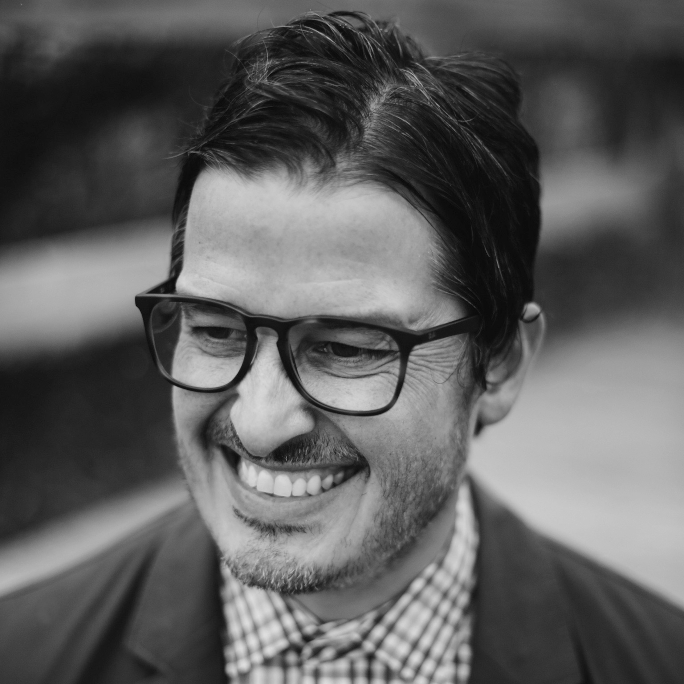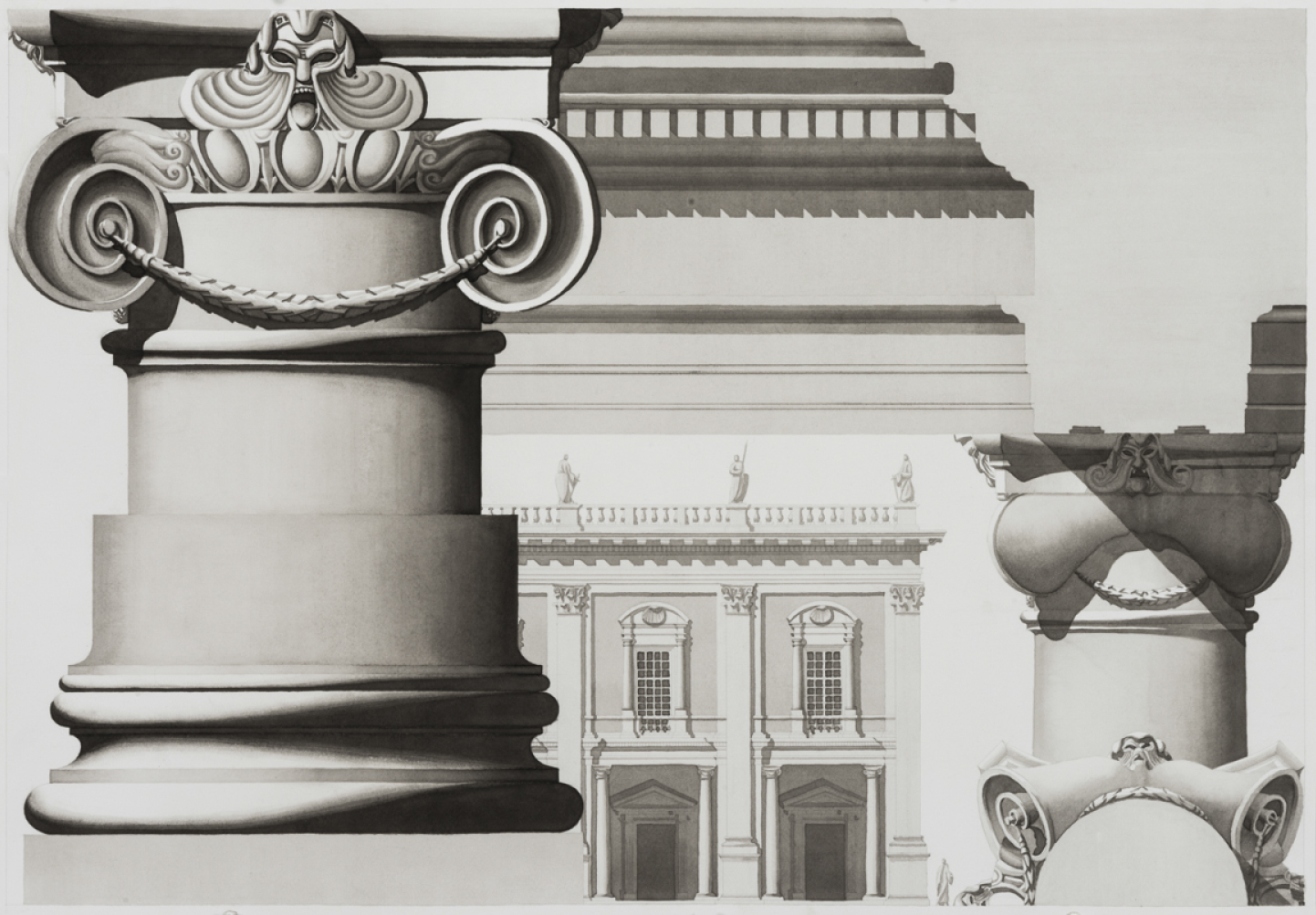Master of Architecture
The STEM-designated Master of Architecture (M.Arch) program is fully accredited by the National Architectural Accrediting Board (NAAB). Our program prepares students for entry into the architecture profession and licensure. Our mission is to lead in the discovery, communication, and application of knowledge in the discipline of architecture by integrating theory and practice. In this collaborative educational model, environmental, economic, social, cultural, aesthetic, and ethical concerns are fundamental.
In September 2023, the CU Denver Master of Architecture program was recognized among 22 programs from 14 institutions nationwide to receive a U.S. Department of Energy Zero Energy Design Designation. This designation recognizes college programs that prepare students for 21st-century clean energy-building careers. Learn more about the ZEDD program: https://www.energy.gov/eere/buildings/us-doe-zero-energy-design-designation-programs.
Program Information
We offer two tracks for completing your Master of Architecture (M.Arch) degree based on your experience level. If you have a bachelor's degree that is not in architecture or a related bachelor's degree, you should plan on at least three years to earn your M.Arch degree. If you have a pre-professional bachelor's degree in architecture or a related design field, you may receive advanced standing credit for your previous coursework and can expect to complete your M.Arch degree in about two years. You can learn more about the curriculum for each track below.
Our Master of Architecture is a STEM-designated program, officially approved by the Colorado Board of Higher Education (CIP code: 04.0902). The STEM designation allows our Masters of Architecture students to apply for the Department of Homeland Security’s optional practical training (OPT) extension program for F-1 students with STEM degrees. Upon completion of a STEM-designated degree, students may extend their stay in the United States for an additional 24 months.
Architecture Contacts
Program Highlights
Access to Technologies
You will have access to a fully-equipped design fabrication shop and a visual resource center to develop both digital and analog graphics skills. You will learn sketching and drawing as well as the latest parametric and digital fabrication design technologies. You will have opportunities to engage in LIDAR 3-D laser scanning technology to document structures through work in the CAP centers.
Sustainability Focus
You will have a broad range of courses in Leadership in Energy & Environmental Design (LEED) and the opportunity to apply your thinking about carbon-neutral new buildings and renovations to the 2030 Challenge.
Design-Build Certificate
This award-winning program takes you out of the classroom and immerses you in hands-on work for a diverse set of cultures and communities. Projects take place with regional Colorado nonprofits.
Leading Preservation
You will have opportunities to seek training in spatial, technical, and design aspects of the broader field of preservation and adaptive reuse encompassing architecture, cultural landscapes, planning, building technology, project management, documentation, interpretation, and representation.
Hands-on Training
The Aspen Summer Design Workshop puts you to work on weekly sketch problems with noted architects at their offices. You will also have exclusive tours of their built and under-construction projects.
Real-World Engagement
You can gain valuable experience as a paid intern with the college’s University Technical Assistance Program or as a paid research assistant.
International Exploration
We encourage you to think, collaborate, and network globally by offering foreign study courses in locations such as Rome, Finland, Turkey, and Amsterdam.
Recognition and Reward
Your work will be recognized. Build your resume and reputation with Studio Awards, Design Excellence Awards, and AIA Denver’s Young Architects Awards.
Classical Architecture Special Topic Area
Courses qualify students to apply for the Certificate in Classical Architecture from the Institute of Classical Architecture and Art in New York.
Student Work Gallery
A Basin
Date: 1/16/2017
Student Researchers: Wesley Kay & Amie Mcdermott
Faculty Advisor: Matt Shea
Montage is the coupling of two or more experiences into something greater than just the parts. It is the thesis plus the antithesis equals a synthesis of the two. For this project, we used the 1926 movie Battleship Potemkin, a masterpiece of montage, as a launching point to re-envision the entire skiing experience at Arapahoe Basin Ski Area high in the Colorado Rockies.
A Basin is a culture of many different types of people; however, the end goal of every type of user is oriented towards skiing on the mountain. Eighty percent of A Basin is expert level terrain, yet all ability levels ski on the mountain. Arapahoe Basin is considered a home mountain to many locals who learn how to make their first turns as a kid and take their first chute as an expert. The existing conditions of the mountain and the base allow for all of this to happen, but it does not allow for a mixing of users and user experiences consistent with the different type of people who ski there while providing an efficient means of access to the mountain. Programs are bifurcated just like the lifts.
So the question is: How do we allow for what the multiplicity of users want, which is an efficient means of access to the mountain after they access what they need (skis, ski pass, or nothing), while asking the users to engage with each other. The use of montage gives the user, no matter who they are, a multiplicity of unexpected experiences while at Arapahoe Basin, constantly perpetuating and reiterating the differences that people bring to the mountain.
Montage is used in three distinctive ways: visual, experiential, and temporal. Programs are placed near each other for the experience of montage. To be in the rental shop while watching the lift line pass by gives the user a sense of expectation. Drinking on the deck while watching skiers get on the lift is an experiential coupling of two very different programs, linked through their culture yet very different in their speed. The use of scripting allowed for the creation of program adjacencies and efficiencies, giving access to the mountain to the programs that desired that access, while placing adjacent programs near at hand to force the sense of montage into that adjacency. The use of scripting also allowed for each program within the buildings to have their own facade treatment, giving differing levels of privacy, light filtration and views.
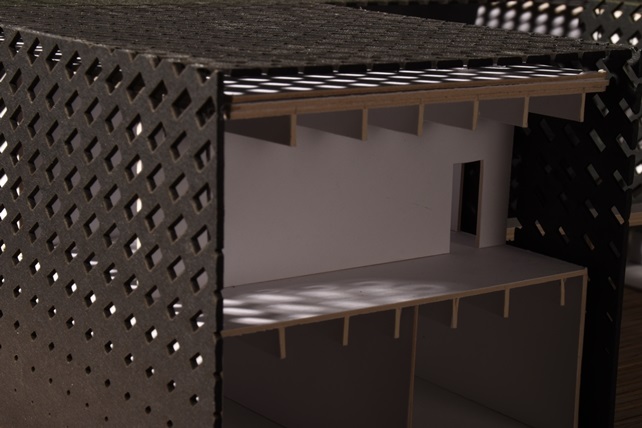
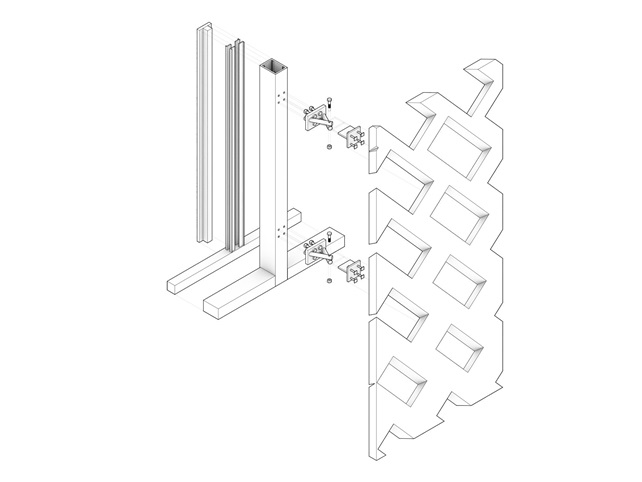
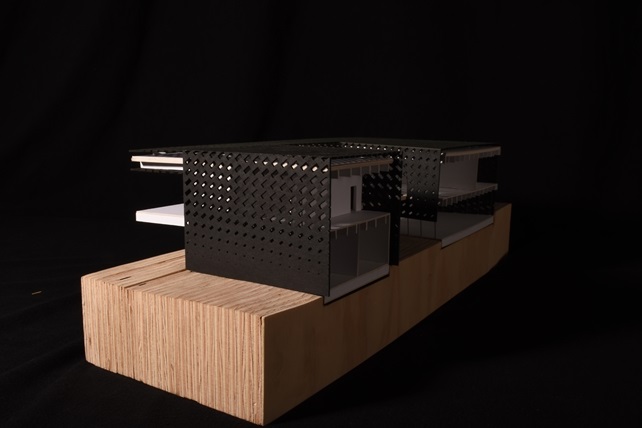
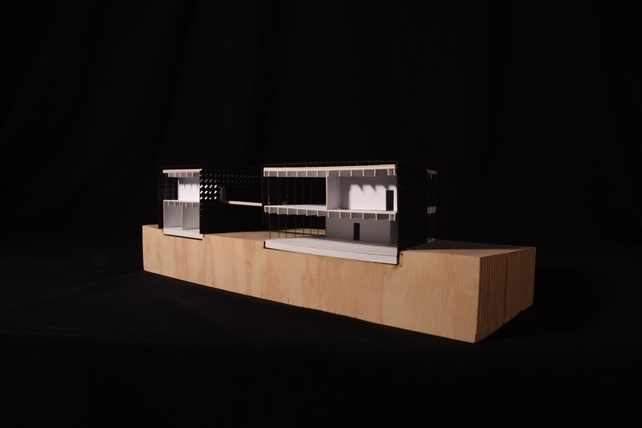
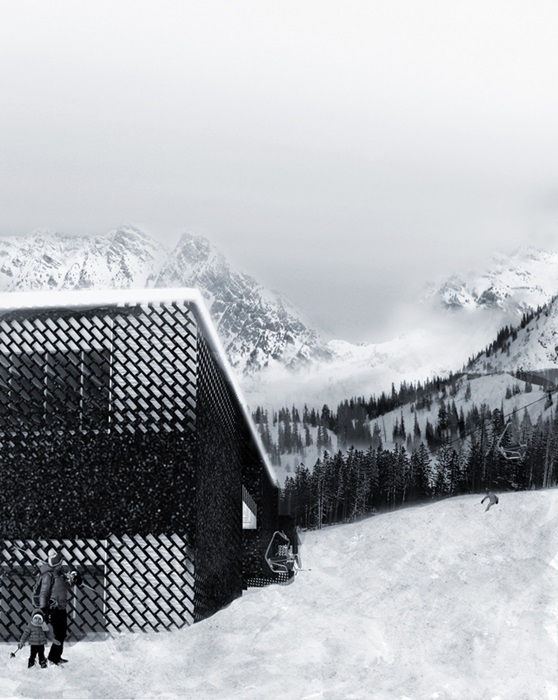
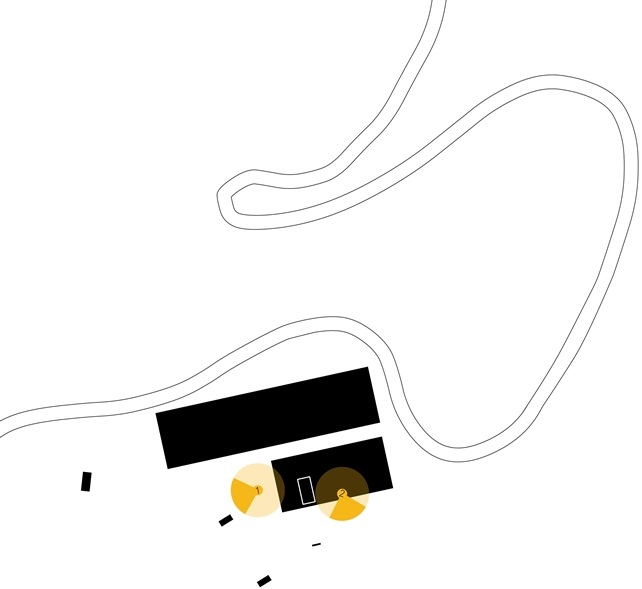
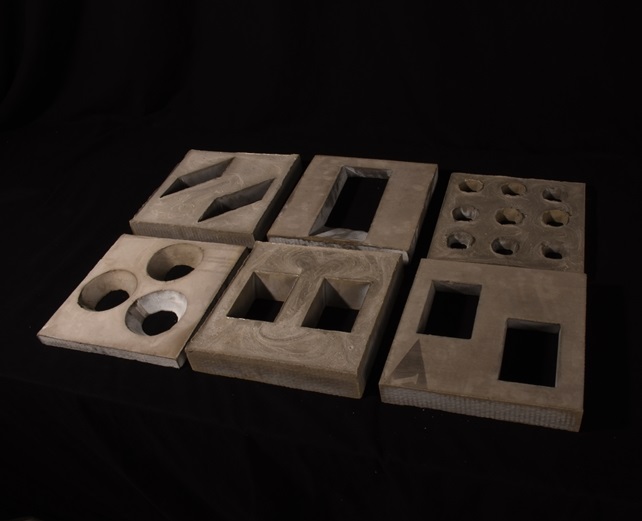

M. Arch Six Studio Track
This track is for students without a background in architecture.
Curriculum
105 CREDIT HOUR COURSE CURRICULUM
If you are a student without a related bachelor's degree, this track enables you to pursue a professional Master of Architecture degree in a minimum of three years.
The Six Studio Track curriculum for the M.Arch program is divided into six major components totaling 105 semester hours in residence at the University of Colorado Denver.
| Course Type | Semester Hours Required |
| Design Studios and Seminar | 39 semester hours |
| Representational Studies | 6 semester hours |
| Historical/Cultural Studies | 12 semester hours |
| Technological Studies | 21 semester hours |
| Professional Studies | 12 semester hours |
| Electives | 15 semester hours |
A wide array of electives in these areas allows you to tailor your graduate studies to your interests. Of 15 general elective semester hours, nine must be fulfilled with courses taken in the Architecture Department. Students may choose to take elective courses in the summer session. It is highly suggested that students use the summers to study abroad or participate in a professional internship.
M. Arch Four Studio Track
This track is for students with a undergraduate degree in architecture.
Curriculum
60 CREDIT HOUR COURSE CURRICULUM
If you are a student with a pre-professional bachelor's degree, this track enables you to pursue a professional Master of Architecture degree in a minimum of two years.
To qualify for the Four Studio Track M.Arch, you must hold a Bachelor of Science in
Architecture, Bachelor of Art in Architecture, or Bachelor of Environmental Design in Architecture.
Any degrees awarded by universities outside the United States will be reviewed on a case-by-case basis. The admissions committee will determine
the appropriate track.
The Four Studio Track curriculum for the M.Arch program is divided into six major components totaling 60 semester hours in residence at the University of Colorado Denver.
| Course Type | Semester Hours Required |
| Design Studios and Seminar | 27 semester hours |
| Representational Studies Required Elective | 3 semester hours |
| Historical/Cultural Studies Required Elective | 3 semester hours |
| Technological Studies Required Elective | 3 semester hours |
| Professional Studies | 9 semester hours |
| Open Electives | 15 semester hours |
A wide array of electives in these areas allows you to tailor your graduate studies to your interests. Of 15 general elective semester hours, nine must be fulfilled with courses taken in the Architecture Department. Students may choose to take elective courses in the summer session. It is highly suggested that students use the summers to study abroad or participate in a professional internship.
In order for a student to complete the M.Arch course of study within the 60 semester hours (two years of study), a student must have already completed the following courses with a grade of B or better.
- 4 design studios (five or six credits each)
- 2-3 course sequence covering the history of architecture
- 1 course introduction to the theory of architecture
- 2 course sequence on sustainable environmental control systems
- 2 course sequence on structures addressing statics, material mechanics, structural analysis, and design of simple structural elements and systems
- 2 course sequence on building materials and construction
- 1 course on architectural visualization and representation
- 1 course on building information modeling
If any of the above courses have not been completed at the time the student enrolls in the program, the courses will be added onto the 60 semester hours and will need to be completed at the University of Colorado Denver prior to graduation. An official review of the student's previous course work will be conducted in the spring following admissions and will be sent to the student upon the receipt of the student's intent to attend.
Travel Study Opportunities
Tuition & Fees
The University of Colorado Denver has one of the most affordable tuition rates in Colorado. Our tuition and fees are set by the Board of Regents, the governing body of the University of Colorado. Tuition is based on student classification (undergraduate, graduate, academic program, resident or nonresident). You can find out what rates will apply to your situation at the link below.
All CAP Graduate Programs have WICHE-WRGP (Western Regional Graduate Program) status, which grants in-state resident tuition to students from 15 western states including California, Washington, Oregon, and Arizona.
